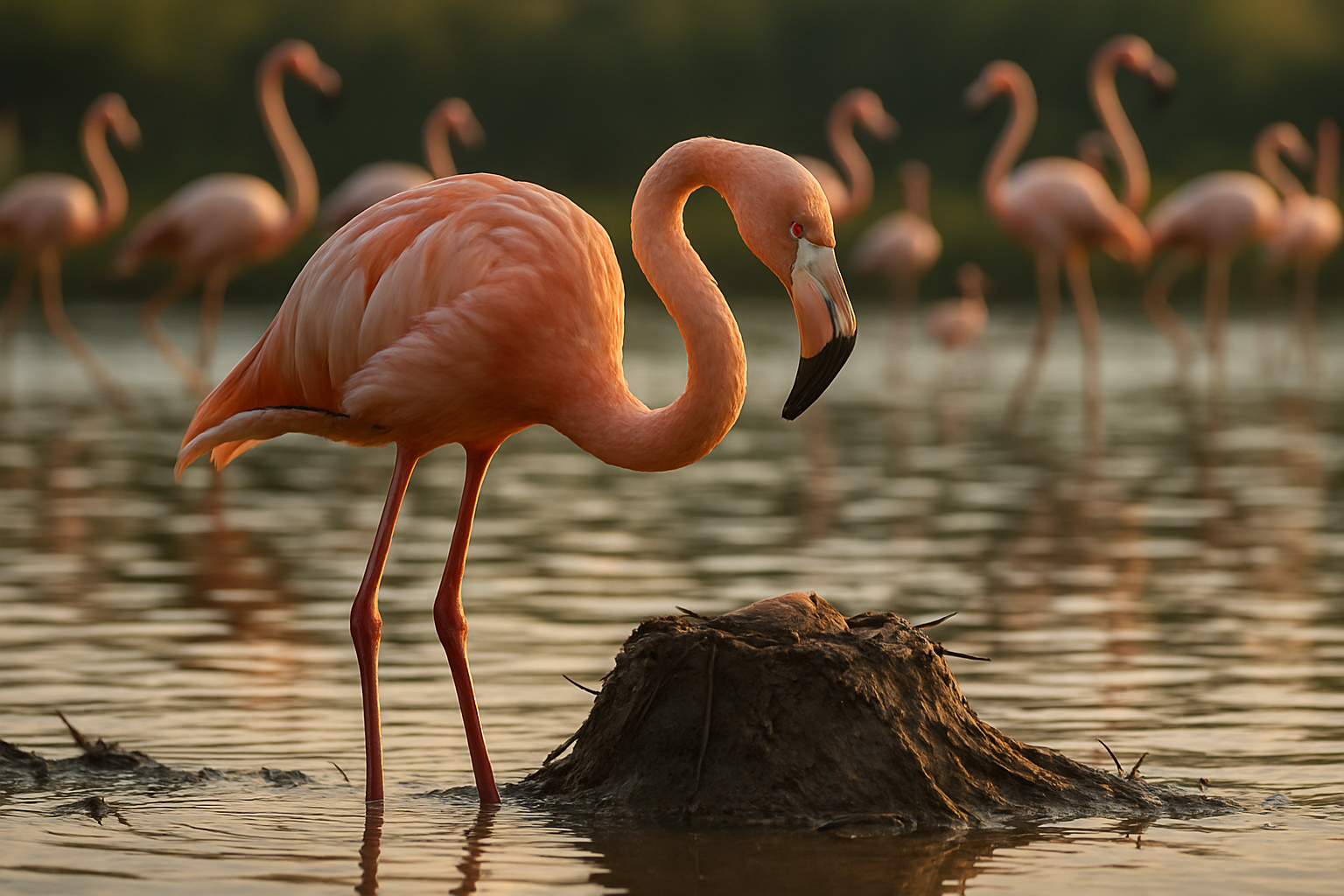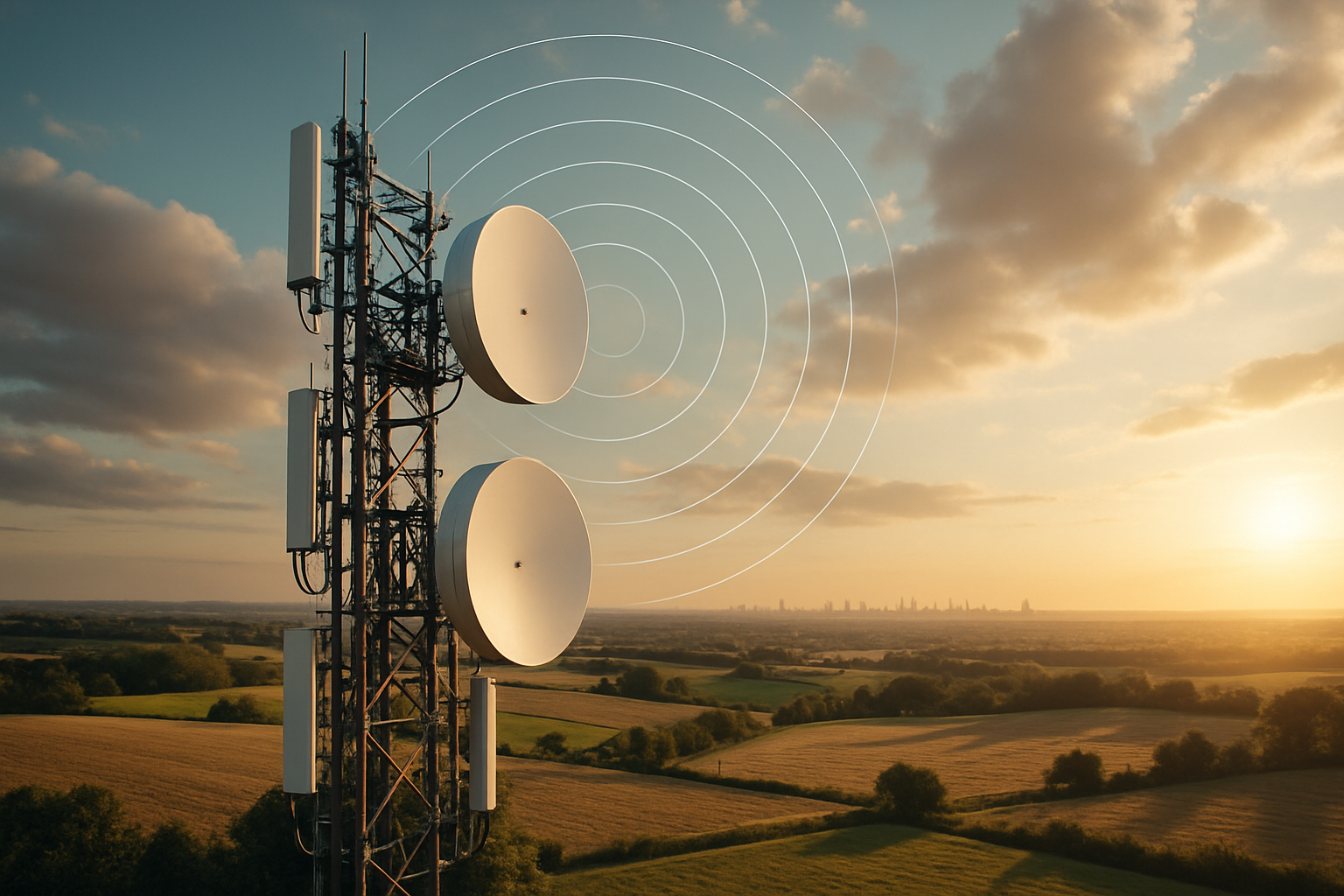The Fascination of the Flamingo: A Journey into Their Unique World
In the world of birds and wildlife, few species captivate the imagination quite like the flamingo — a creature of striking beauty, distinctive behavior, and remarkable survival abilities. These long-legged avian wonders have existed for millions of years, providing rich subject matter for research, observation, and conservation efforts. This article offers a comprehensive overview of the fascinating world of flamingos, from their evolutionary history to their current status and unique characteristics.

The Paleontological Perspective: Flamingos Through the Ages
Flamingos are no newcomers to the planet. Based on fossil evidence, researchers believe that these birds have been around for approximately 30 million years, making them one of the oldest bird species still in existence. Over these millions of years, flamingos have evolved special adaptations, such as their unique beak shape and their ability to survive in harsh environments, which have helped them thrive across continents and epochs.
In the Pink: The Science Behind Flamingos’ Coloration
One of the most distinctive features of flamingos is their pink coloration. This hue is not a product of their genetic makeup but rather their diet, which is rich in carotenoids - the pigments that give carrots their orange color. When flamingos consume foods like shrimp and blue-green algae, they process these carotenoids and deposit them into their feathers, resulting in their iconic pink plumage.
Flamboyant Flamingo Footwork: The Ritual of Mating Dances
Flamingos are also well-known for their elaborate and synchronized group mating dances. These dances involve an array of moves, including head-flagging, wing salutes, and twist-preening, which are meant to attract a mate. These courtship rituals are a fascinating display of social behavior and highlight the importance of group dynamics in flamingo societies.
Flamingos in the Modern World: Conservation and Challenges
Despite their resilience and adaptability, flamingos face substantial threats in the contemporary world. Habitat loss, pollution, and climate change have all impacted flamingo populations, making conservation efforts vital. Organizations worldwide are working to protect and study these birds, with a focus on understanding their needs and preserving their habitats.
The Flamingo Economy: The Popularity and Impact of Flamingo Imagery
Beyond their natural habitats, flamingos have a significant cultural and economic presence. Flamingo motifs are popular in fashion, home decor, and advertising, often symbolizing fun, flamboyance, and a tropical vibe. This popularity has spawned a range of flamingo-themed products, from lawn ornaments to pool floats, contributing to a multi-million dollar industry.
In conclusion, the world of flamingos is as vibrant and complex as the birds themselves. Their rich evolutionary history, distinctive characteristics, social behaviors, and cultural significance all combine to create a unique and fascinating subject. As we continue to study and protect these incredible birds, we deepen our understanding of the natural world and our place within it.




